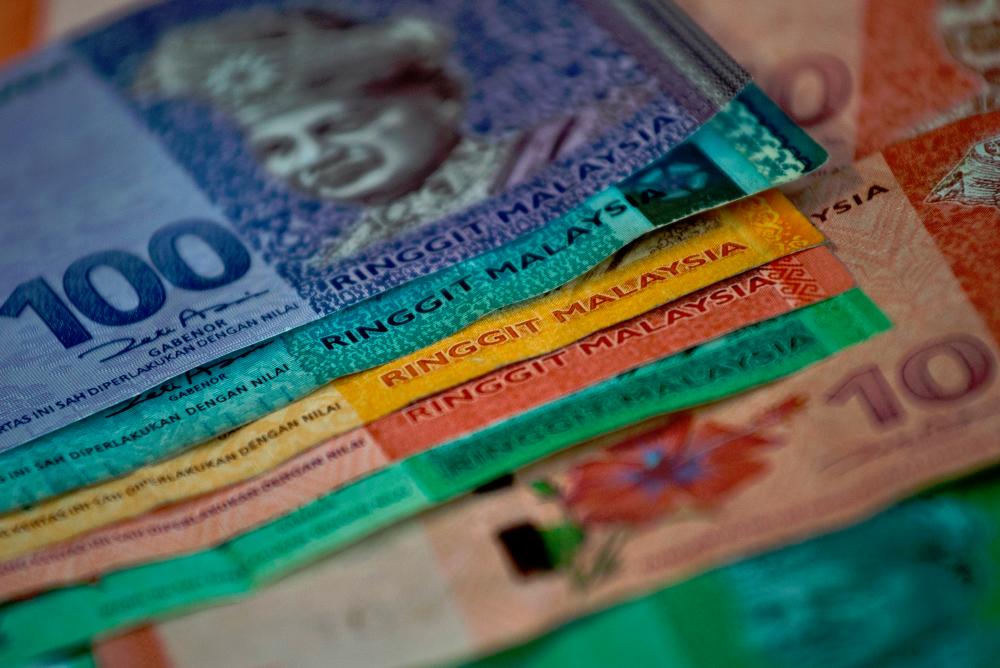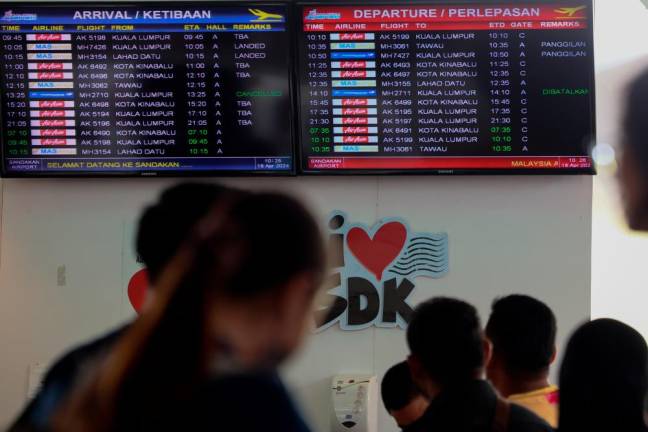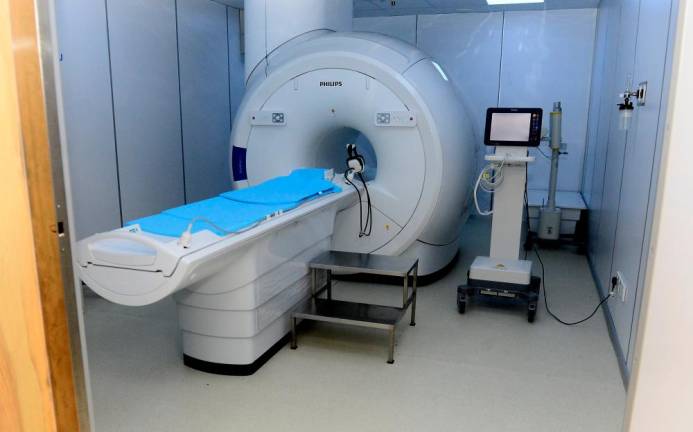KUALA LUMPUR: Malaysian Rating Corp Bhd (MARC) has affirmed Malaysia’s sovereign rating of ‘AAA’ with a stable outlook, but cautioned that its fiscal and debt management performance remains “rating constraints”.
In a statement released today, the rating agency said the triple-A rating reflects the resilience of the Malaysian economy, its effective monetary policy, as well as healthy external position.
However, the rating strengths are tempered by persistent fiscal deficits, high government debt and rising contingent liability, as well as high household debt.
“The stable outlook is based on the expectation that the new administration will continue implementing the governance and institutional reforms it promised in the run-up to the May 2018 election. We are, nevertheless, cautious about the risks posed by rising geopolitical and geo-economic uncertainties,” MARC said.
It highlighted that Malaysia’s resilient economy, underpinned by a diversified economic structure, significant natural resources and human capital endowments, is an important rating support.
“Macroeconomic fundamentals remain sound, thanks to continued proactive and practical economic management. Malaysia is also globally competitive. In the World Economic Forum’s Global Competitiveness Report 2018, for example, it was the only non-high-income economy to make it into the top 25.”
MARC said another rating support is Malaysia’s effective monetary policy, as evidenced by strong monetary policy transmission to bank lending rates due to favourable shocks to the monetary base.
“Given that domestic economic and financial considerations are guiding policy decisions, the monetary policy framework has continued to deliver broad output and price stability. Over the 2011-2018 period, for example, growth and inflation volatility came in lower than the median of its rating peers in MARC’s sovereign rating universe.”
Malaysia’s external position remains healthy given persistent current account surpluses, a manageable level of external debt and adequate international reserves. As at April 30, Bank Negara Malaysia’s international reserves stood at US$103.4 billion, equivalent to 1.0 time total short-term external debt.
“These attributes, together with a credi-ble monetary policy, flexible exchange rates and a well-developed financial system, continue to help limit vulnerability to external developments,” MARC said.
Nonetheless, under the new administration, the fiscal deficit for 2018 has been reset upwards to 3.7% of gross domestic product (GDP) compared with 2.8% in Budget 2018.
The rating agency said as the government’s Medium-Term Fiscal Framework assumes a crude oil price range of US$60-US$70 (RM258-RM292) per barrel over the 2019-2021 period, a slide to below US$60 per barrel would be credit negative.
Given this and elevated geopolitical and geo-economic concerns, it has become a more challenging fiscal balancing act, MARC said.
The government’s debt risk profile remains fluid given the reliance on off-budget initiatives that include guarantees and public-private partnerships (PPP). As of end-2018, total federal government direct debt stood at 51.8% of GDP, slightly up from the previous year. Government-guaranteed debt also rose, rising to 18.6% of GDP by the end of 2018.
Another rating constraint is Malaysia’s high household debt. Despite its moderation to 83.0% of GDP in 2018, risks remain because it comprises a significant 57.3% of banking system loans.
While aggregate household financial assets and liquid financial assets may be 2.1 times and 1.4 times of debt, MARC said, not all households can pay down debt if an economic disruption adversely affects the labour market.
“In any case, the growth pace of financial assets could fall below that of debt given a more difficult economic environment,” it added.













